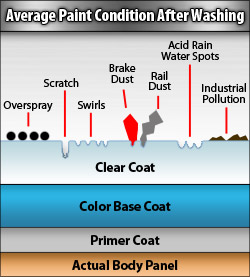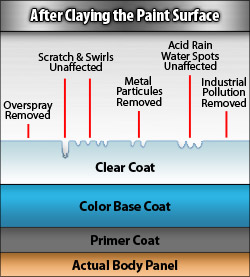I have been using detailing clay for years -- even before it became the "thing to do", but I am still not sure how it works. Does it abrade the contaminant and then pick it up or does it pull the contaminant off the surface of the paint? What about contaminants that are actually embedded in the paint such as rail dust? Please no guesses. How about a response from someone who really knows.
Tom
Tom





Comment